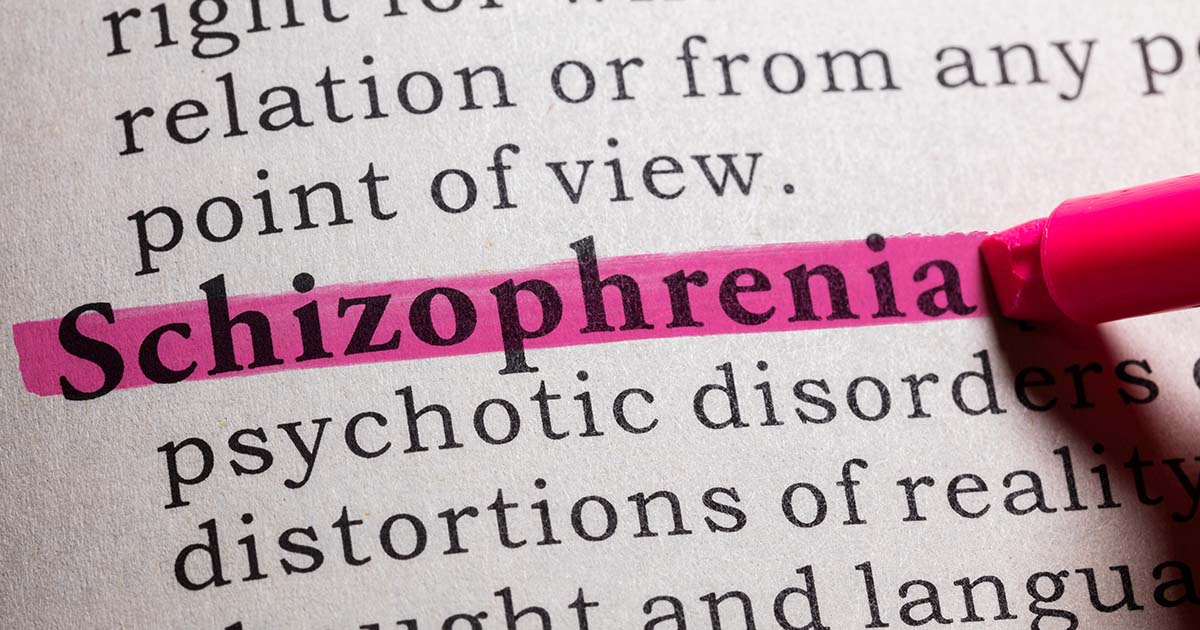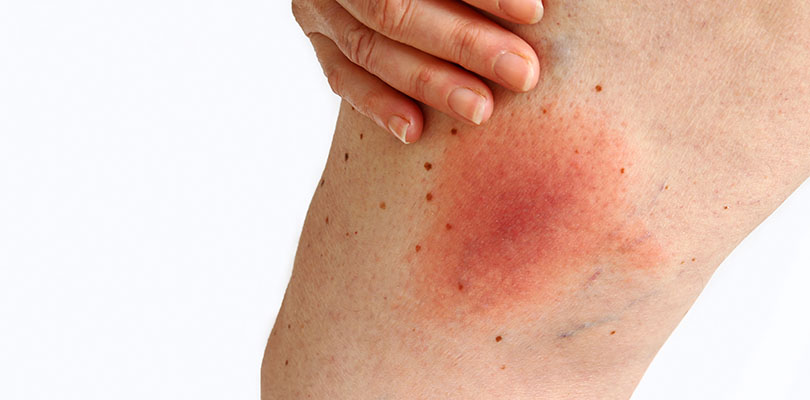What to Know About Contact Lens Solution
You need to take out your contacts and disinfect them to keep them safe and clean. Infection is the greatest risk to all contact lens wearers, so knowing how to clean your contacts properly will ensure that your eyes stay healthy. One key component to ensuring your contacts are clean is using a suitable contact lens solution.
What is Contact Lens Solution?
Contact lens solution is used to disinfect contacts to kill off bacteria and other pathogens, so the next time you put in your contacts they are clean and enable your eyes to get the oxygen they need. Contact lens solution also removes protein and other deposits from the surface of the contact lens. All solutions react differently depending on your contact lens material. The combination of the contact lens solution and the lens material may cause problems if the correct products are not used together, so do your homework. Check with your optometrist to ensure you are using the right solution with your brand and type of contact lens.
The Two Main Types of Contact Lens Solutions
Hydrogen Peroxide-Based Solutions
A solution of hydrogen peroxide is suspended in sterile saline and is great for cleaning your lenses. Hydrogen peroxide solutions require more time and attention to clean your lenses properly, but it is worth it. This type of solution is preservative free, making it a good choice for those who are allergic or sensitive to chemicals. Hydrogen peroxide is great for disinfecting but will sting if the solution contacts the eye. Before you put in your contacts, you need to neutralize the contact lens solution by changing it to pure saline after you disinfect the lenses. Some of these products have a neutralizer built into the case (you will see the solution bubble when you put your contacts in the solution), other products you will need to add a neutralizing tablet to the solution after cleaning.
Multipurpose Solutions
Also referred to as “no rub solutions”, multipurpose solutions clean and disinfect your contacts quickly. With no muss or fuss, this solution takes care of everything - you do not need to neutralize the solution. With this type of solution, you can wash, disinfect and store your contacts without the use of other products. Compared to hydrogen peroxide-based solutions, the lower price point and lower maintenance of multipurpose solutions makes them a more popular choice. This type of solution is meant for gas-permeable and soft lenses, so be sure to pick the multipurpose solution that matches the type of lenses you wear.
What Does Contact Lens Solution Do?
Contact lens solution is a disinfectant that should be used every time you take out or put in your lenses. No matter which type of solution you use, the purpose is to remove debris and buildup from your contacts to make them safe to wear time and time again. Removal of protein deposits is important since a buildup of protein in the eyes can create further health concerns. Hydrogen peroxide is the main ingredient in many brands and disinfects lenses by killing bacteria and fungi. Some solutions contain a mild abrasive and detergent to clean the surface of the lens without scratching it.
If you wait to speak with your children until the divorce is certain, you have waited too long. We have some tips for dealing with children and divorce.
How to Use Contact Lens Solution
Always wash your hands before handling contacts and touching your eyes. Be sure to read the instructions from the manufacturer to ensure you are cleaning your lenses properly.
To Put in Your Lenses:
- Take one lens out of the contact case, put the lens in the palm of your hand and moisten the contact with multipurpose solution.
- Rub the lenses for 10 seconds with your fingers to remove any remaining debris (be sure to do this even with multipurpose solution despite it being called “no rub”).
- Put a saline drop in each lens to rinse it before putting it in your eye. For hydrogen peroxide solutions, you need to make sure your lenses are rinsed thoroughly to ensure any remaining hydrogen peroxide has been neutralized.
To Take Out Your Lenses:
- When you take your lenses out, your lenses should go in a sterilized lens container and cleaner.
- Rub your lenses with solution in the palm of your hand for 15 to 20 seconds, then put them in the lens case and fill with the recommended amount of solution. For hydrogen peroxide-based solutions, you may need to add a neutralizer tablet to the solution; many of the contact lens containers for hydrogen peroxide-based solutions twist back and forth to wash your lenses.
- Never rinse your lenses in water as even filtered tap water can contain bacteria and other contaminants.
Different Brands and Price Points
Prices will vary depending on the type of solution you purchase, as well as the size of the bottle. A few common brands that are available include:- Opti-free Multipurpose Solutions which sell for about $15 for a 300ml bottle.
- Clear Care Plus hydrogen peroxide-based solution sells for about $15 for a 360ml bottle,
- multipurpose solution sells for around $13.50 for a 300ml bottle
- Solo Care Aqua multipurpose solution sells for approximately $18 for a 360ml bottle.
- Renu Fresh multipurpose solution costs around $15 for a 355 ml bottle.
Warning Signs That Your Contacts Are Not Clean
When it comes to your eyes, always take extra precautions when something does not seem right. Sometimes there are allergies to solutions or people may become sensitive over time. Inflamed eyes, pain and excess tearing can be signs of an eye infection. See your eye doctor for any of these symptoms or any other concerns you have about your eye health. Irritation may not be caused by your solution; remember to dry your contact case thoroughly between uses as damp cases can grow bacteria. Replace your case on a regular basis to cut the risk of infection.
Take the advice of your eye doctor when it comes to choosing your contact lens solution. They will recommend a solution that works with the type of contacts you wear. By following proper cleaning procedures, your eyes will remain happy and healthy.







